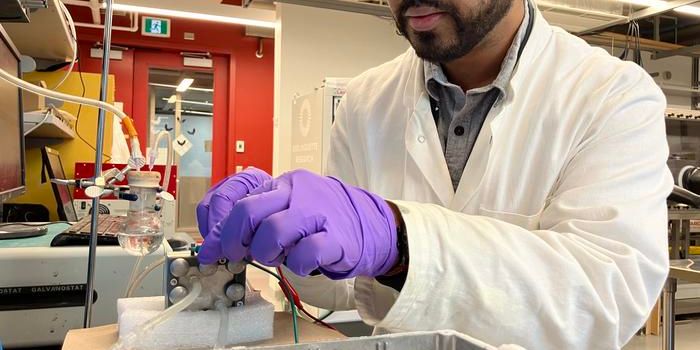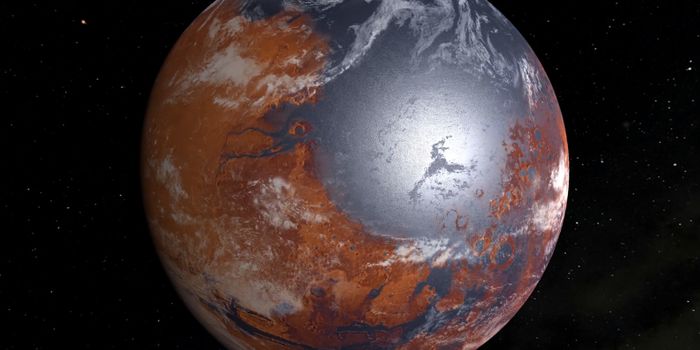NASA Looks to Nuclear Fusion for Powering Deep Space Missions
Nuclear fusion is the frontier of energy research, and NASA has a plan to bring this state-of-the-art power source to the frontier of space exploration.
Researchers at NASA's Glenn Research Center have developed a method to fuse atoms at room temperature, without resorting to the extreme conditions that can only be achieved using a stellarator or tokamak fusion device.
Their approach is called lattice confinement fusion (LCF). The atomic "cages" (known as the lattice structure) formed by metal like erbium or titanium help trap atoms of deuterium gas - an isotope of hydrogen - in place. So when bombarded by high-energy photons, a deuteron splits into an energetic proton and neutron. And thanks to the atomic "cages", it's relatively easy for the free-flying neutron to collide with a deuterium atom nearby, which in turn keeps this energy-pumping chain reaction going on and on.
It's highly inefficient for space-faring vessels to carry and burn chemical fuel, especially when traveling a long distance. But the LCF presents a much more feasible and long-lasting solution. Scientists hope that a battery device based on this technology can be used to power probes and spacecraft on deep space missions one day.
Their research is now published in the journal Physical Review C.
Source: Seeker via Youtube








